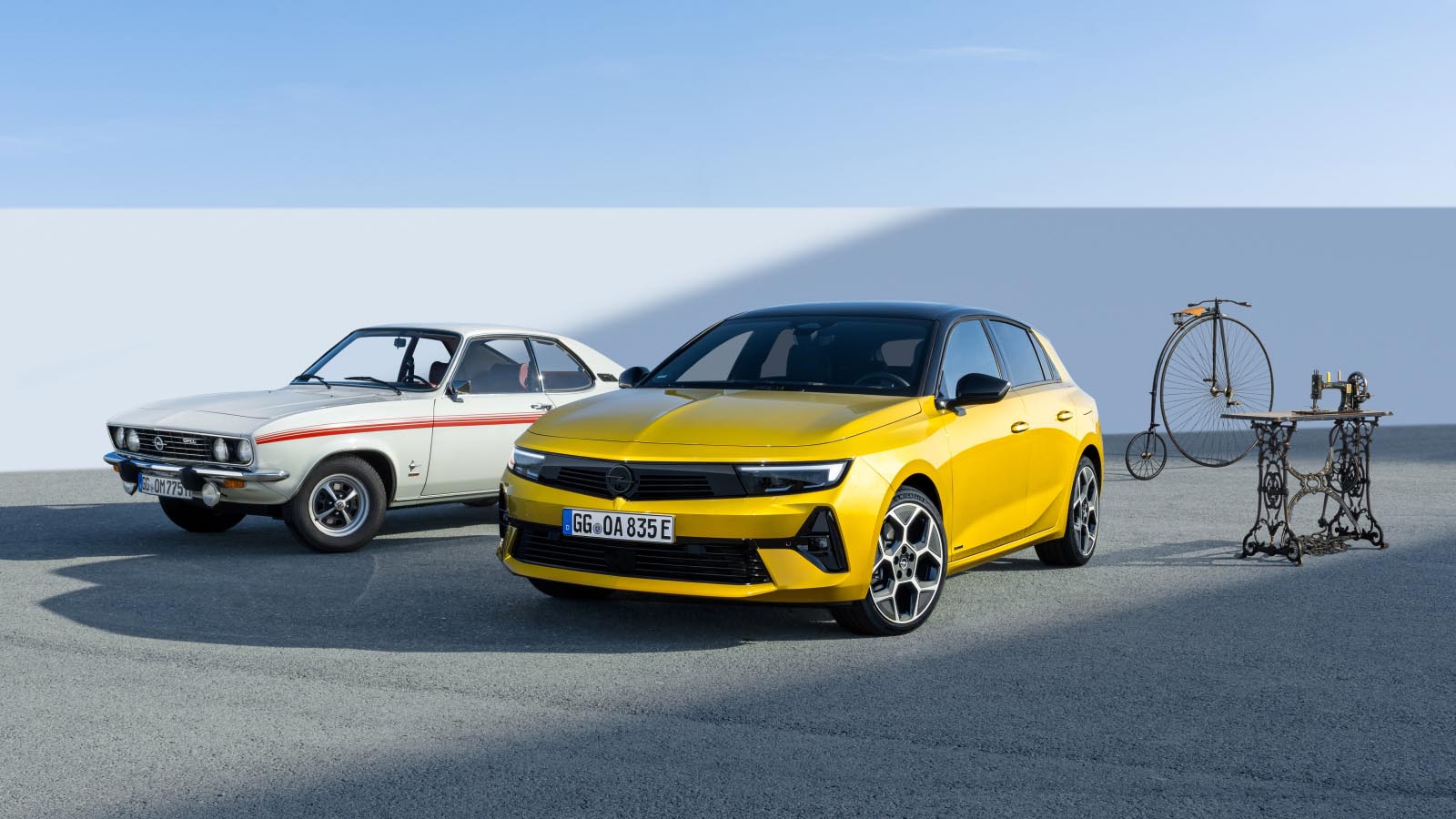Opel blows out 160 candles – How it all began
Founding in 1862
As the son of master locksmith Philipp Wilhelm Opel, Adam’s future already seemed to be mapped out – one day he would take over and continue his father’s business. But Adam had other plans. He would go to his dream city of Paris no matter what. After stays in Liege, Brussels and London, Adam finally reached his long-awaited destination, where he made the momentous decision to go into the sewing machine business.
Rüsselsheim
At the age of 25, Adam returned to his hometown of Rüsselsheim and set up his own modest workshop in his parents’ house; at the time, against the wishes of his father, who had no real interest in sewing machines. It was Rüsselsheim, then a village of 2,000 inhabitants, where the foundations were laid for the globally famous company Opel.
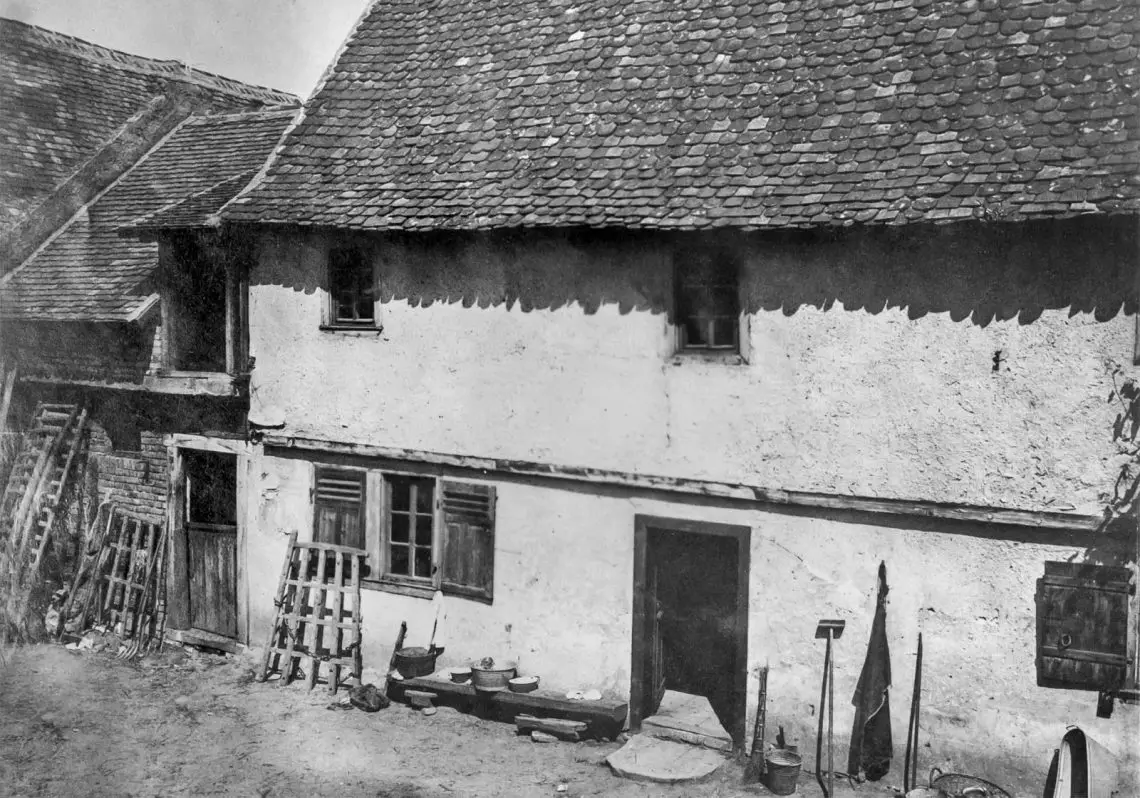
Sewing Machine
The production of the first sewing machine took months. After the machine was completed, it was purchased by master tailor Hummel of Rüsselsheim, who then kept it in operation for 40 years. Even then, the motto was “Opel, the reliable one. In 1863, Adam Opel set up his first own manufacturing company in an empty cow shed owned by his uncle. From Paris, Adam’s brother Georg supplied steel, spools, needles and complete sewing machines for resale. The first employees came and the first advertisements appeared. Opel not only built sewing machines, but also traded in them, with great success. The business began to take serious shape.
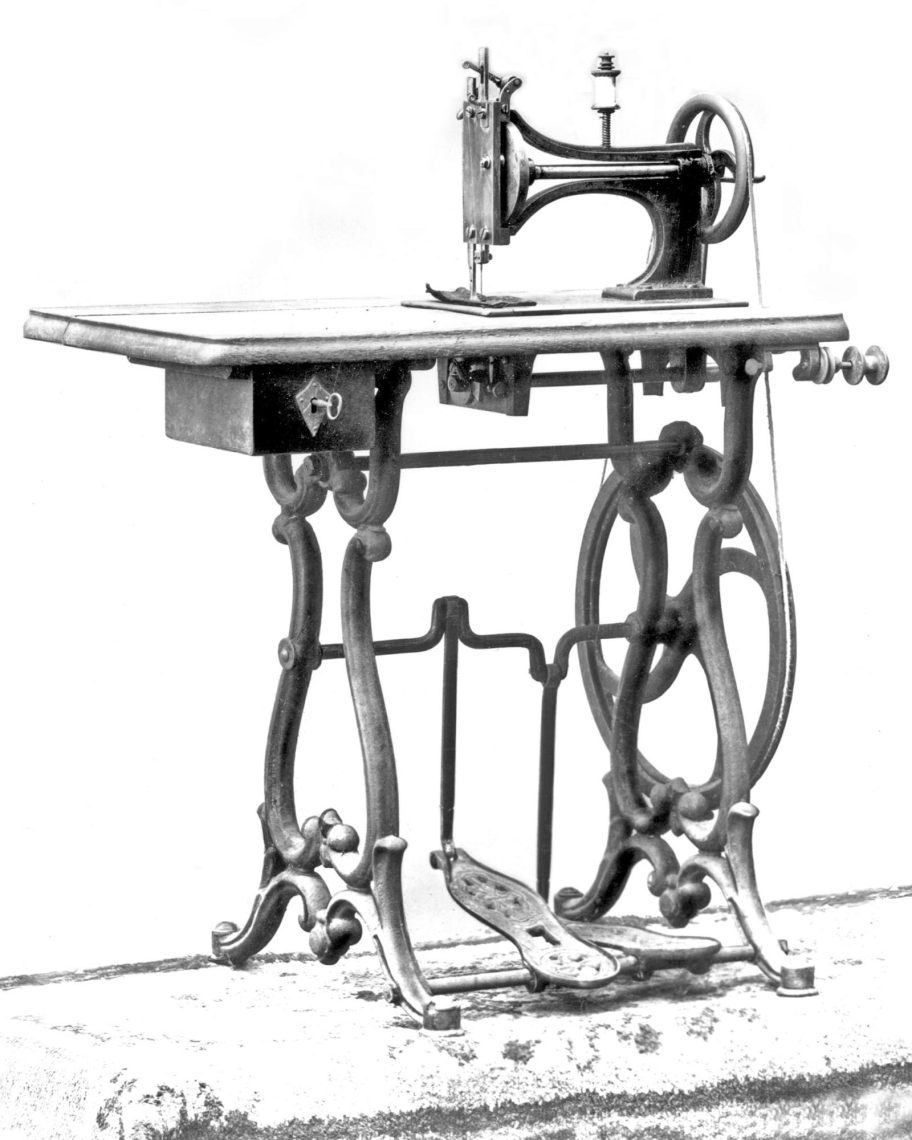
1868
The sewing machine business flourished and Opel expanded. In 1868, Adam Opel had a new factory built with a two-story production hall, a steam engine, and an adjacent residential and office building. After the move, 40 people worked for the young company. In the same year, he married his wife Sophie, who not only took care of the household, but also kept the books and brought a breath of fresh air to the company. Production figures rose rapidly, not least because Opel catered to individual customer needs and designed special sewing machines to meet specific requirements. In 1886, as many as 18,000 machines left the factory. The company grew to become one of the largest sewing machine manufacturers in Germany and exported products throughout Europe.
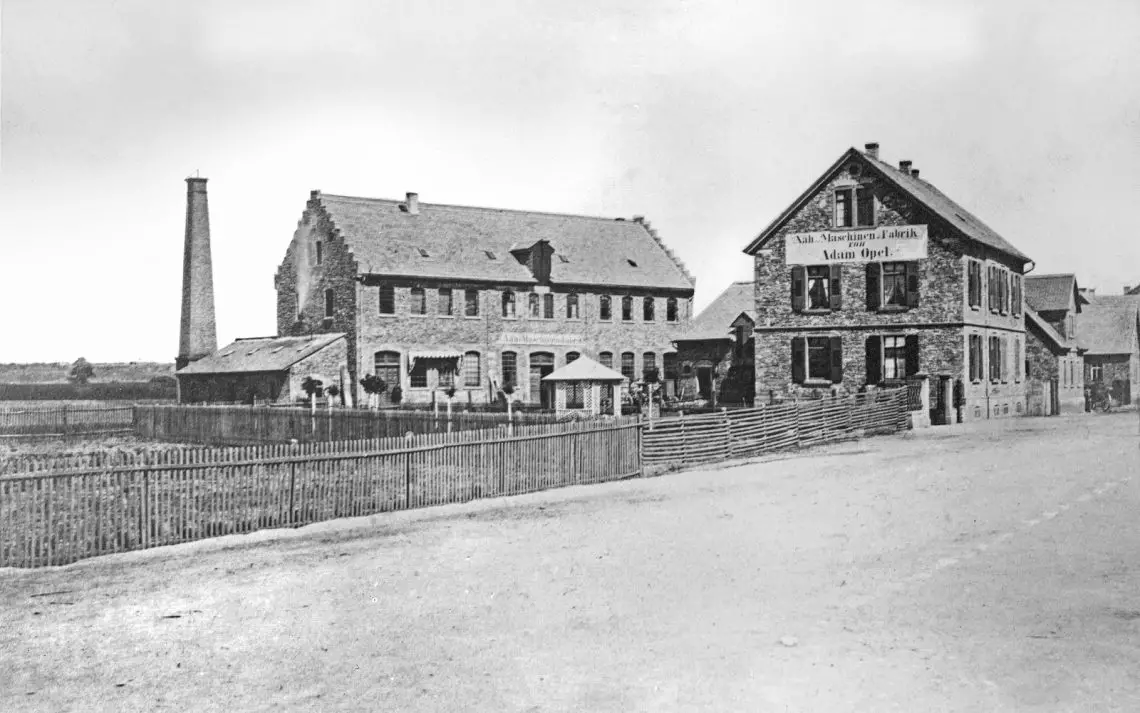
1887: From sewing machines to bicycles
During a visit to Paris in 1884, Adam Opel was introduced to the penny-farthing, also called a high bi – the bicycle with a large front wheel and small rear wheel. The early bicycle was already a common means of transportation in the capital of France. The entrepreneur decided to purchase one and produce it himself. Still, it would be almost two years before the first models left the Rüsselsheim plant. In the fall of 1887, an illustrated price list marked the official beginning of an important period in the company’s history.
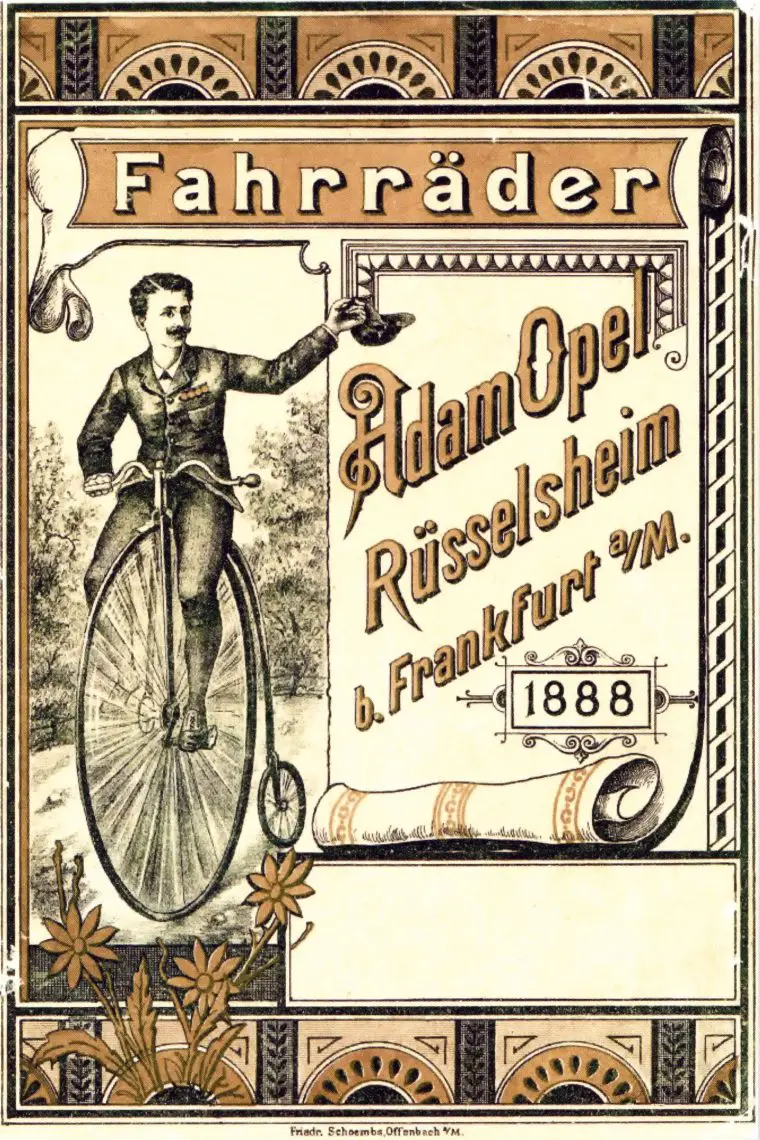
1888
As with sewing machines, Opel was soon deploying modern technology for bicycles. In 1888, the penny-farthing was replaced by the low-wheeled bicycle as we know it today. By 1890, 2,200 two-wheelers had been sold. The five sons of Adam and Sophie proved to be the best ambassadors for their own business with more than 550 victories in cycling races. From 1920, Opel became the largest bicycle manufacturer in the world. Over 15,000 dealers sold the bikes from Rüsselsheim. After the introduction of the assembly line in 1923, a bicycle left the production line every seven seconds.

1899: Opel begins building automobiles
The decisive step in the company’s history – continued by the five sons after Adam Opel’s death in 1895 – was the start of automobile production in 1899. This makes Opel one of the pioneers in this industry and one of the most traditionally successful automakers in the world. On January 21, 1899, Opel took over the “Anhaltische Motorwagenfabrik” from Friedrich Lutzmann of Dessau. In the same year, car production began in Rüsselsheim with the Opel “Patent-Motorwagen System Lutzmann. In 1906, the 1,000th vehicle was built; the final breakthrough came the following year, when Opel became a supplier to the imperial court. However, Opel also dedicated itself to the democratization of the automobile, for example with the small 4/8 hp ‘Doktorwagen’ in 1909. In the twentieth century, Opel eventually grew to become one of the most popular car brands in our country. Opel was the absolute market leader in the Netherlands for decades.

Also watch:

